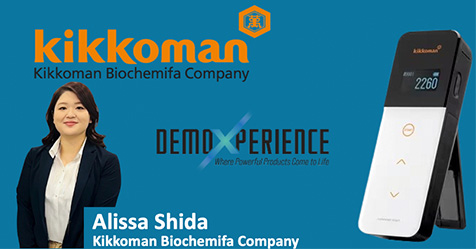Facility managers may be surprised to learn that employees have increased expectations that their office should operate sustainably. The commercial team at Tork found that 46% of surveyed adults are more conscious of how green their workplace is now than before the pandemic. And the pressure is not just coming from employees. New legislative measures like the Corporate Sustainability Reporting Directive in the European Union and similar legislature proposed in the U.S. show that priorities for workplace sustainability are here to stay.
When tasked with adjusting operations to meet new sustainability standards, facility managers shouldn’t feel like they must completely sweep old practices aside. There is great power in identifying existing operations they can optimize to address heightened expectations and standards, and cleaning practices are a great place to get started. Here are some tips for unlocking the sustainable hygiene management solutions that are hidden in your office’s existing practices.
Assess products already in use
When thinking about how to maximize sustainability in workplaces, consider the suite of products that make up the office’s hygiene management plan. Keeping an office clean and welcoming can take a lot of time, energy, and resources, so it’s key to focus on the details. For example, consider products that are versatile and reusable as they not only cut down on waste and the time facility managers spend procuring supplies, they also save money. Go one step further by choosing soap, sanitizer, and paper towel dispensers with controlled dispensing settings to further reduce waste and runouts.
Likewise, when assessing single-use products it’s important to consider the life cycle of each component—from manufacture to use and disposal. The production process and materials that make the soap, sanitizer, or paper towel dispenser are just as crucial to your office’s sustainability as the single-use products themselves.
Consider products that are made with ethically sourced, natural ingredients and those that are certified by third-party organizations to ensure they are safe for people and the planet. When we focus on each aspect of our office’s hygiene management, we are more in-tune with our business practices and the impact they’re having on our world.
Leverage technology to support efficiency
Another way to sustainably maintain your office’s hygiene is to take advantage of data-driven tools that inform facility managers what needs cleaning and when, to properly utilize every resource and employee. This strategy creates less waste and frees up more time for the tasks that require our full attention.
By harnessing smart technology that monitors real-time foot traffic and dispenser stock as well as visitor trends, Tork found that facility managers can save up to 20% of their cleaning time and stay ahead of complaints, according to documented results measured before and after managers implemented a smart cleaning system.
Involve employees in your sustainability journey
It’s also important to keep employees informed on their office’s environmental footprint and the ways they can help to keep it clean and operating sustainably. After all, they care deeply about their workplace sustainability efforts; a Tork survey conducted in March 2022 found one in eight workers has considered leaving their job due to the lack of sustainable practices in the workplace.
Various tried and true methods of sustainable hygiene management continue to be effective, such as separating waste, an action which the Tork survey found 50% of surveyed employees said they would go out of their way to perform. Keeping your office’s hygiene management practices simple inspires employees to follow suit and contributes to a vibrant, productive workplace.
Shifting priorities and practices to meet new sustainability expectations for your workplace doesn’t have to be an overwhelming process. Maximizing your hygiene management is just one way to operate more sustainably without a complete overhaul.
By paying attention to the details and continuing to support and inspire sustainable actions, facility managers can work toward keeping up with employees’ sustainability expectations and in turn improve worker satisfaction and retention as well as overall business performance.




